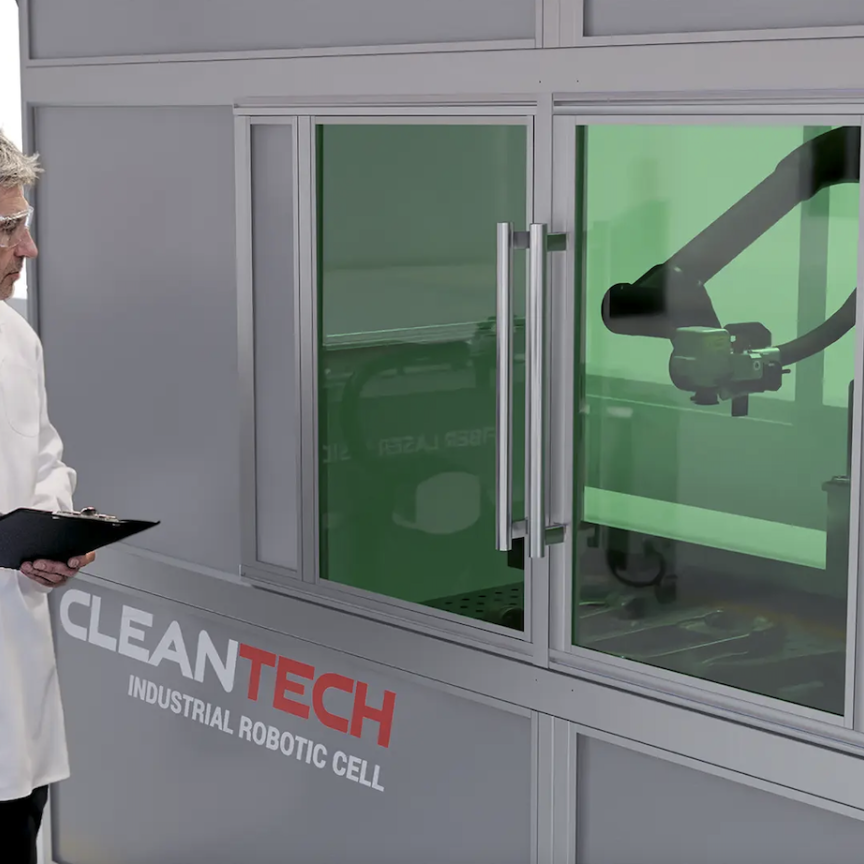Technology to mass-produce quantum-dot lasers – widely used in data centres and quantum communications – has been successfully developed by South Korean researchers at the Electronics and Telecommunications Research Institute (ETRI).
As covered in the Journal of Alloys and Compounds, the ETRI team developed, for the first time, technology to mass-produce quantum dot lasers, previously only used for research, using metal-organic chemical vapour deposition (MOCVD) systems.
What benefits will the development bring?
By utilising MOCVD, which has higher production efficiency, the research team were able to significantly enhance the productivity of quantum dot laser manufacturing when compared with traditional molecular beam approach approaches.
The newly-developed quantum dot manufacturing technology is able to deliver high density and strong uniformity.
In practice, the ETRI team successfully developed indium arsenide/gallium arsenide quantum dot laser diodes on gallium-arsenic substrates, which are suitable for the 1.3µm wavelength band used in optical communications. The quantum dot semiconductor lasers created demonstrated continuous operation at temperatures up to 75 degrees Celsius, showing the benefits of using the MOCVD approach.
Professor Dae Myung Geum from Chungbuk National University, a participant in this research, said: "The mass production technology for quantum dots can significantly lower the production costs of high-priced optical communication devices, enhancing the competitiveness of the national optical communication component industry and contributing substantially to basic science research."
The ability to reduce process costs is linked to the technology's ability to use large-area substrates, enables significant reductions in process time and material costs.
What do the ETRI researchers intend to do next?
The research team intends to further optimise and test this technology to enhance its reliability and transfer it to domestic optical communication companies. Such firms will receive key technology and infrastructure support through ETRI's semiconductor foundry, accelerating the commercialisation timeline.
Ultimately, potential reductions in development time and production costs may enhance product price competitiveness, potentially increasing market share internationally, boosting the domestic optical communication component industry.
Dr. Ho Sung Kim from ETRI's Optical Communication Components Research Section, commented: “This research outcome is a prime example of securing both commercial viability and fundamental innovation, potentially changing the paradigm of the semiconductor laser industry for optical communications."


